Correctional facilities, more commonly known as jails and prisons, have become an integral component of the criminal justice apparatus tasked with addressing crime and punishment in the modern era. These secured institutions are responsible for detaining individuals accused or convicted of criminal offenses in order to levy punitive measures, protect public safety, and ideally rehabilitate inmates to become law-abiding citizens upon release. However, the experience of incarceration and imprisonment affects more than just those serving sentences behind bars. The societal impacts of mass incarceration and the prison system reveal complex consequences that often undermine the very purpose they claim to serve.
With over 10 million people cycling through jails and prisons each year in countries like the United States, correctional facilities have become imposing edifices embedded into the landscape of both rural towns and major cities. The expanding infrastructure and budgets allocated to the prison industrial complex reflect a reliance on incarceration as the standard response to even minor non-violent crimes, fueling astonishing incarceration rates compared to global standards. However, the evidence clearly shows extremely high rates of recidivism following release. Critics argue that the removal from society and traumatic experience behind bars frequently leave past inmates struggling with reintegration and ultimately falling back into criminal activity out of necessity or lack of alternatives. Far from rehabilitating, the harsh realities inside prison walls can induce lasting psychological and emotional damage.
Additionally, while inmates serve their sentences out of public sight, the impacts radiate outward onto families, children, and entire communities struggling with absence and destabilization. Studies also reveal vast racial disparities, with minorities disproportionately incarcerated under harsher, more punitive policies, unmasking further biased and broken facets of the system. The phenomenon reveals incarceration’s influence extends as an agent that perpetuates social inequality. Ultimately, the impacts reveal an overreliance on imprisonment rather than more rehabilitative, cost-effective, and socially conscious alternatives. Addressing reform remains critical, but progress comes slowly to the formidable institution that correctional facilities have become.
Purposes of Correctional Facilities
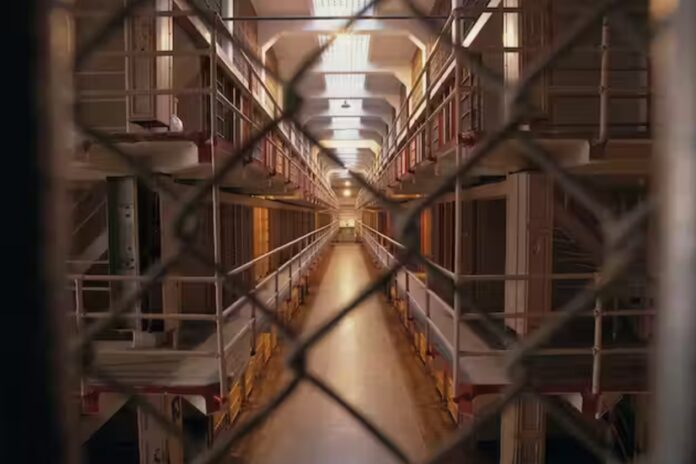
Public Safety
Removing individuals convicted of crimes from society aims to prevent further offenses and protect community members from additional harm. However, rates of recidivism show that many inmates still continue a pattern of reoffending after release.
Rehabilitation
In theory, the time spent incarcerated provides the opportunity for self-reflection, as well as rehabilitation programs and education that aim to address underlying factors influencing criminal activity. The goal is that inmates will acquire skills, treatment, and training to become law-abiding citizens upon release. Yet, the lack of adequate resources for rehabilitation efforts often hinders this ideal.
What Correctional Facilities Look Like Inside
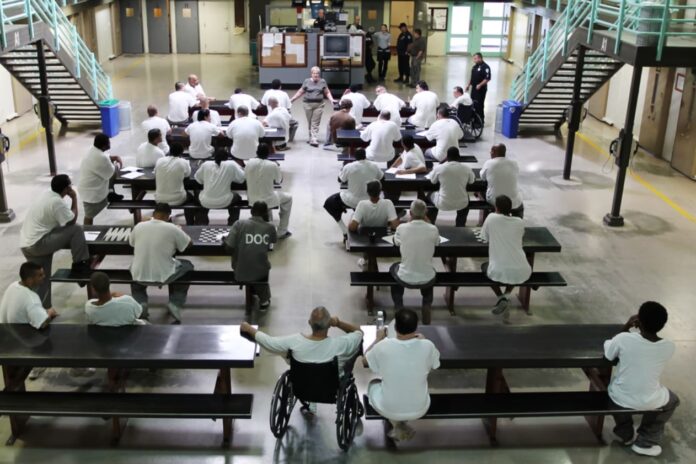
Appearance and Furnishings
Both jails and prisons tend to have an institutional, impersonal environment with very little privacy. Cell blocks typically consist of small, sparse cells lining both sides of a corridor with open bars. Furnishings from norix.com often consist of metal bunk beds, lockers or cubbies, sinks, toilets, and sometimes a desk. Personal belongings are limited for security reasons. Common areas have rows of bolted-down tables and connected stools or benches. Overall aesthetics are stark, with concrete walls, floors, and steel doors and bars. The restrictive nature removes external stimuli and focuses inmates’ world on their immediate surroundings.
Amenities and Offerings
Modern facilities may have a gymnasium, library, classroom space for educational and vocational programs, outdoor recreation yards, and visiting rooms. Televisions are often mounted in common areas. Services like medical clinics, counseling, and religious guidance are also generally accessible. However, these offerings still do not mitigate the reality that every aspect of daily life occurs under supervision within the confined correctional environment. Even sleeping and showering lack privacy. The limited personal autonomy can certainly take a psychological and emotional toll.
Impact of Incarceration
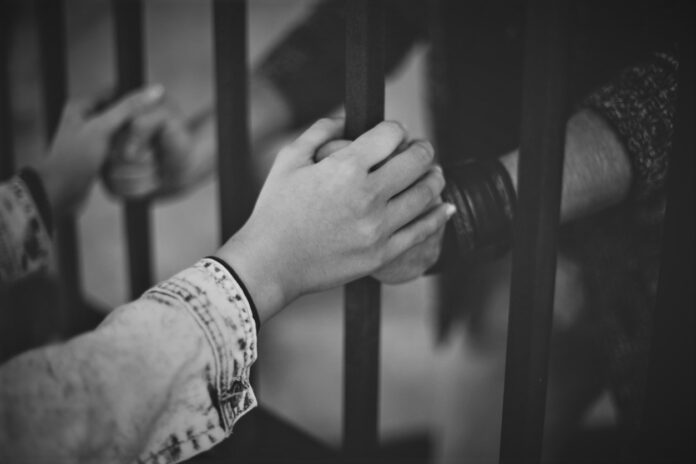
Individual Effects
Incarceration extracts inmates from normal society, community ties, and family connections into an isolated and tense environment with constant surveillance and a lack of privacy. The loss of autonomy and personal freedoms, lack of stimulation, and vulnerability to violence risks leave individuals stranded far from normalcy. Consequently, inmates housed in correctional facilities face a heightened prevalence of developing or exacerbating existing mental health issues like depression, anxiety, post-traumatic stress disorder, and even psychosis. The harsh realities inside prison walls cast trauma that lingers even after an inmate’s release. Post-incarceration effects present added barriers to successful community reentry and negatively drive higher recidivism rates.
Families and Communities
The incarceration of family members unleashes rippling collateral consequences onto households, children, and communities struggling in an incarcerated individual’s absence. Financial costs accumulate from legal fees, lost income, expensive phone calls, and commissary accounts that families shoulder the burden of providing for imprisoned relatives. Emotional strain intensifies with the dissolution of family structures. Single parents left raising children alone during a partner’s incarceration face mounting difficulties. Perhaps most disconcerting, children of incarcerated parents confront destabilized childhoods and developmental disruption that places them at higher risk of psychological trauma, academic issues, future unemployment, and intergenerational criminality.
Looking further outward, the concentration of imprisonment within disadvantaged communities ravages social networks, economic mobility prospects, and civic participation. As incarceration becomes commonplace for entire demographic groups, the social fabric unravels through the dissolution of relationships and connections critical for upward mobility. Employers also demonstrate reluctance towards hiring ex-convicts, further obstructing access to legitimate income. Ultimately, the impacts of incarceration propagate destabilization that fuels the flames for increased deviance and criminogenic environments rather than creating avenues for rehabilitation.
Racial Disparities
Extensive research shows correctional populations disproportionately consist of racial minorities and people of lower socioeconomic backgrounds. Systemic biases have led to higher arrest and conviction rates for certain groups despite committing crimes at near-equal levels. Consequently, the detrimental effects of incarceration unequally land on specific marginalized communities. This pattern exacerbates existing social inequalities.
Alternatives and Reform
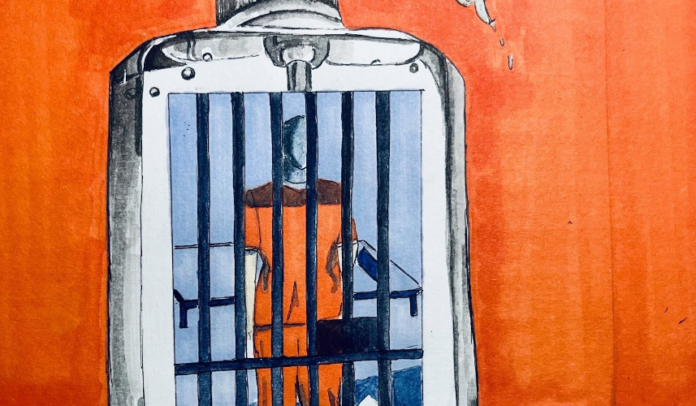
Criticisms of overreliance on incarceration as the primary response to crime point to more cost effective and socially beneficial alternatives. Community supervision, electronic monitoring, fines, community service, rehabilitation programs, and restorative justice procedures are some options. Prison reform efforts also work to address inmate rights, improve conditions and services, and remove barriers to societal reintegration. However, major change remains slow and difficult.
Ultimately, correctional facilities aim to punish criminal offenses, protect public safety, and rehabilitate inmates, but too often deepen social issues. The stark living conditions isolate individuals in frequently traumatic ways that hinder successful reentry into society. Moreover, racial disparities result in disproportionate detrimental impacts concentrated onto marginalized groups. Addressing overreliance on incarceration and reforming the prison system remains an ongoing necessity.

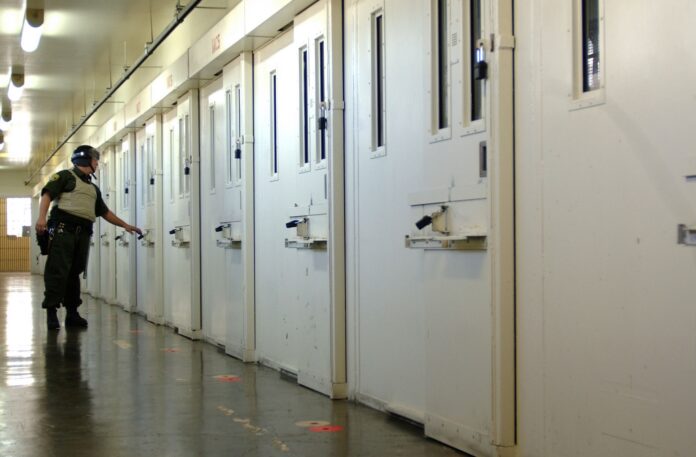



![Calgary’s Hottest Neighborhoods for Luxury Homebuyers [2024]](https://thewashingtonote.com/wp-content/uploads/2024/04/Calgary-324x160.png)



